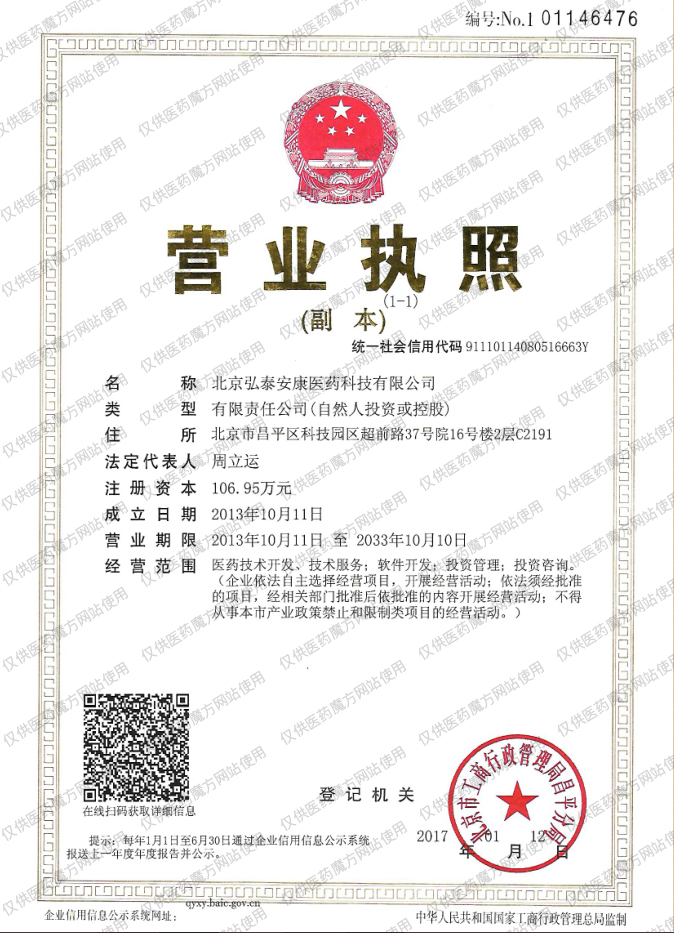The fat that we accumulate when we put on weight comprises a type of fat tissue known as white adipose tissue (WAT), but another, beneficial type of fat, known as brown adipose tissue (BAT), acts to generate heat and so burn off energy. Although adults tend to have very little BAT, those who do are better at regulating body temperature in the winter, and are less likely to develop diabetes or put on excess weight.
An international research team headed by scientists at the ETH Zurich in Switzerland has now discovered that commonly prescribed cholesterol-lowering statin drugs impact on a biochemical pathway that leads to reduced amounts of beneficial BAT in adults. The team’s in vitro work and in vivo studies in mice showed that either genetically or pharmacologically inhibiting the mevalonate pathway acted to reduce brown fat function and the “browning” of white fat cells into beneficial BAT. A retrospective study of imaging data from a cohort of thousands of human patients also suggested that statin use was inversely correlated with active BAT. A subsequent small-scale prospective clinical study in healthy volunteers also found that the statin fluvastatin reduced thermogenic gene expression in human BAT. Further experiments identified geranylgeranyl pyrophosphate, a protein that modulates the activity of small GTPases, as the key molecule in the mevalonate pathway that regulates the fat browning process.
The research team, headed by Christian Wolfrum, Ph.D., professor for translational nutritional biology at ETH Zurich, say further studies will be needed to see if the pathway identified could represent a therapeutic target. Reporting in Cell Metabolism, the researchers wrote, “Further clinical studies are warranted to substantiate these results and to determine whether protein geranylgeranylation or individual small GTPases might be used for therapeutic strategies to promote thermogenic activity of fat cells and thereby increase whole-body energy expenditure.” Their published paper is titled, “Inhibition of Mevalonate Pathway Prevents Adipocyte Browning in Mice and Men by Affecting Protein Prenylation.”
Dr. Wolfrum’s team have been researching BAT for many years, and investigated the question of how white adipocytes can undergo “browning” into brown fat cells. Their in vitro studies highlighted a key role for the pathway that is central to cholesterol production, and in particular, the protein geranylgeranyl pyrophosphate. Earlier studies had shown that the cholesterol pathway is also central to the function of statins, one role of which is to reduce geranygeranyl pyrophosphate. This led the researchers to investigate whether statins also impacted on the formation of brown adipose tissue.
The team’s initial studies demonstrated that using statins to inhibit the mevalonate pathway blocked the thermogenic function of brown adipocytes in vitro, and inhibited white adipocyte browning in live mice. They then studied positron emission tomography (PET) scans of some 8,500 patients at the University Hospital Zurich to look for any link between BAT activity and statin usage. They found that individuals who took statins demonstrated much lower BAT activity than those who didn’t take statins. “Interestingly, we observed a significantly higher statin use among patients without active BAT (2,148 not on statins, 510 taking statins [19.2%]) compared with those with activated BAT (124 not on statins, 7 taking statins [5.3%]),” the authors wrote. The link between statin use and BAT inactivity was still significant after controlling for age, sex, and body mass index.
The researchers subsequently carried out a small-scale prospective study to evaluate the effects of fluvastatin on brown fat activity, in 16 healthy male volunteers who had detectable BAT. Fluvastatin was chosen as the test statin because the previous in vivo mouse experiments had shown that this statin was the most potent in terms of inhibiting WAT browning. Fluvastatin was also the only statin in the retrospective study for which no patients with active BAT were identified. For the small clinical trial, the participants underwent PET imaging both before and after 14 days of fluvastatin treatment. The results confirmed a significant drop in the expression of brown adipocyte markers following fluvastatin treatment.
Further in vitro and in vivo studies demonstrated that the inhibitory effects of mevalonate pathway blockade on brown adipocyte activity and white adipocyte browning were due to the reduction of geranylgeranyl pyrophosphate, and that geranylgeranylation of small GTP-biding proteins promoted adipocyte browning.
Although the reported studies suggest a negative effect of statins on brown fat activity, Dr. Wolfrum says its important not to stop using these drugs. “We also have to consider that statins are incredibly important as a way to prevent cardiovascular disease,” he said. “They save millions of lives around the world, and they are prescribed for a very good reason.”
Even so, independent studies have shown that high doses of statins can slightly increase the risk of developing diabetes. “It’s possible that these two effects—the reduction in brown adipose tissue and the slightly increased risk of diabetes—are related,” Dr. Wolfrum added. This is a question that will require further research, and even if confirmed, identification of any underlying mechanisms might lead to the development of more personalized treatment approaches.




